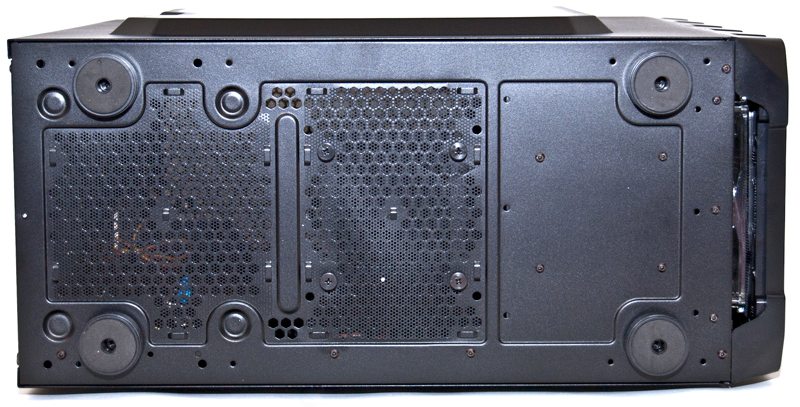Enermax Ostrog GT Chassis Review
Peter Donnell / 12 years ago
Starting on the left side of the chassis we see that it features a huge custom shaped side panel window, which pops out of the panel adding extra depth and style to the chassis, it should also give us a great view of our components once were done installing everything. The left side panel is held in place with two thumb screws which should allow for quick and easy access to your system.
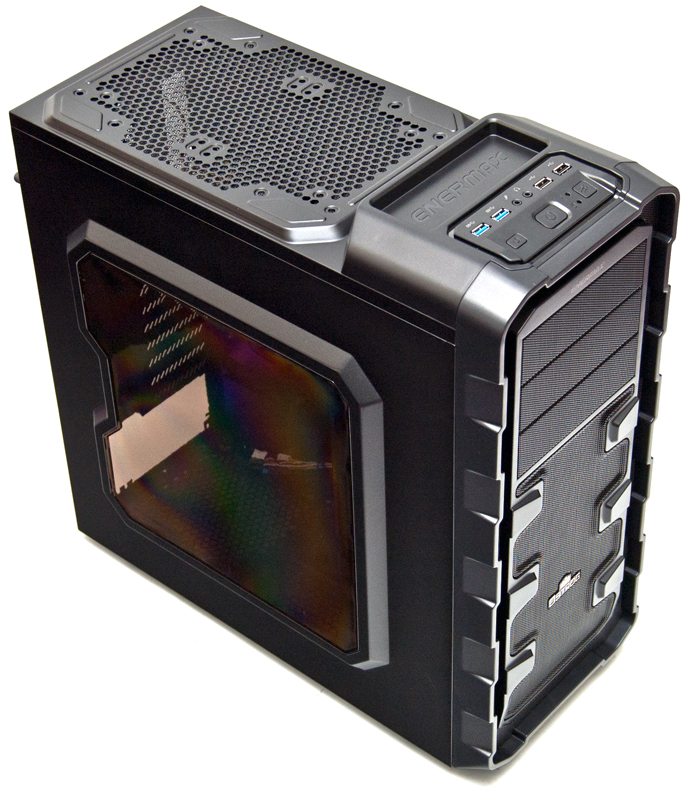
Along the top we have a number of different fan mounting solutions thanks to the extensive pre-cut mounting holes. Here you can install 1 x 200 / 230mm, 2 x 120mm or 2 x 140mm, so there should be little to no issues with compatability with just about every major fan manufacurer on the market. It’s mesh is slightly raised from the main body of the chassis, this should allow some extra clearance on the interior and hopefully room for a radiator.
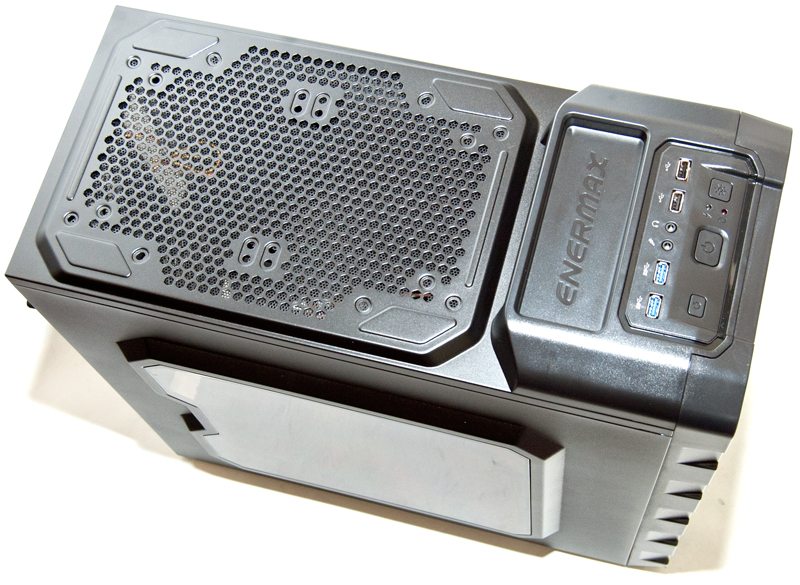
The front panel is well quipped with a 2 x USB 3.0 port, 2 x USB 2.0 ports, microphone, headset, reset, power and a fan LED on/off switch. There is also a small recessed area that features the Enermax logo, a handy little storage space for your flash drives, spare screws, pens etc.
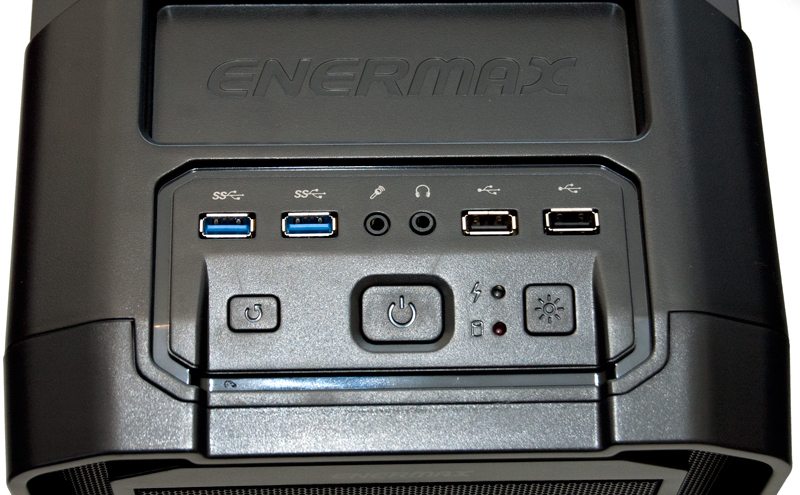
The front panel features a very bold and rugged looking panel that makes quite a statement in terms of design. A stong use of bold shapes really makes it stand out and with three 5.25″ drive bays and two preinstalled 140mm RED LED fans, its also highly practical.
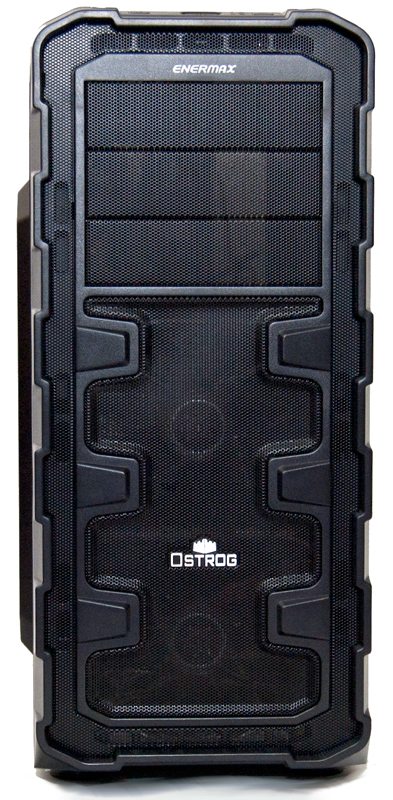
The right side panel features the same shaped recess at the left side panel window which keeps the chassis nice and symetrical, but this will also offer up extra room for some (lazy) cable management.

Around the back we have a pre-installed 120mm exhaust fan, three cable/water cooling routing cut-outs each fitted with rubber grommets, 8 +1 ventilated expansion slot covers and finally a bottom mounted PSU cut-out.
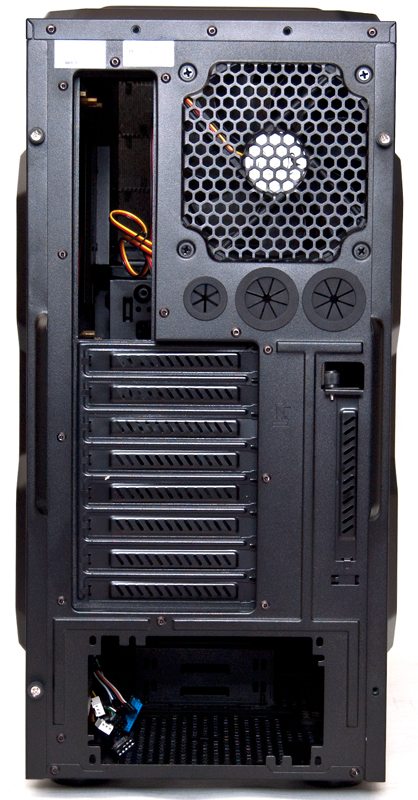
Underneath we have four heaby duty rubber feet and two air filters, one for the chassis interior and the other for the PSU. While they do feature dust guards, they are quite basic and would require you to tip you chassis on its side to remove and clean them.
